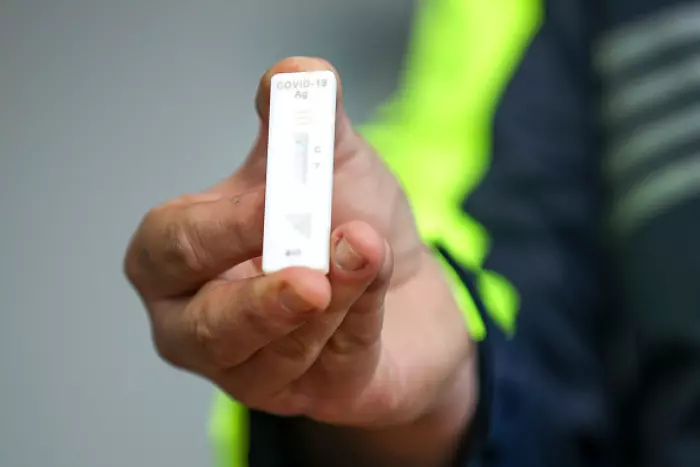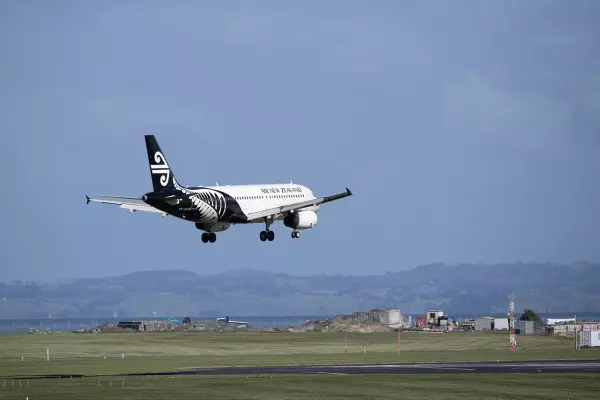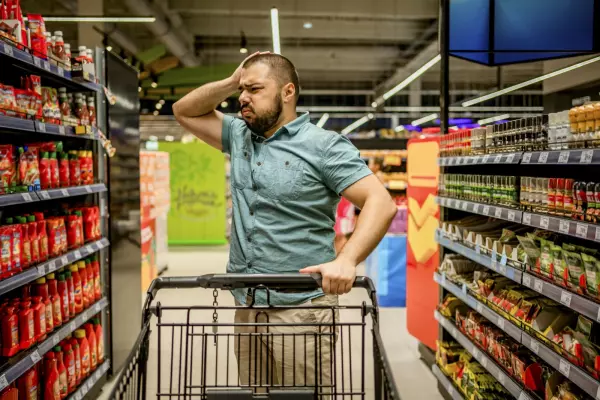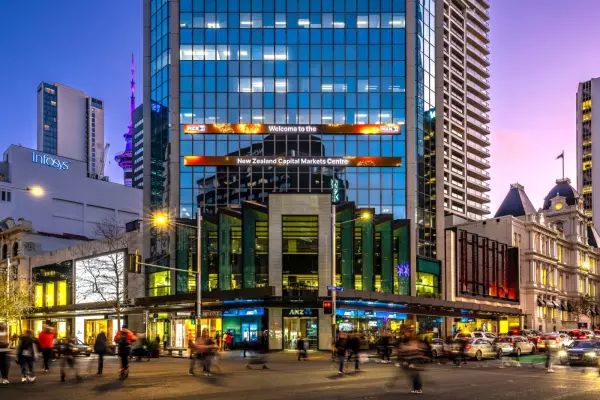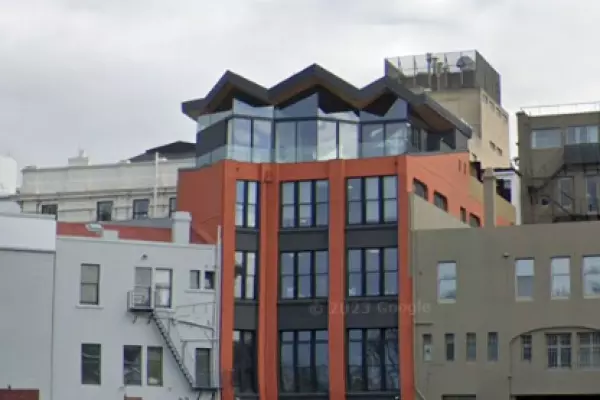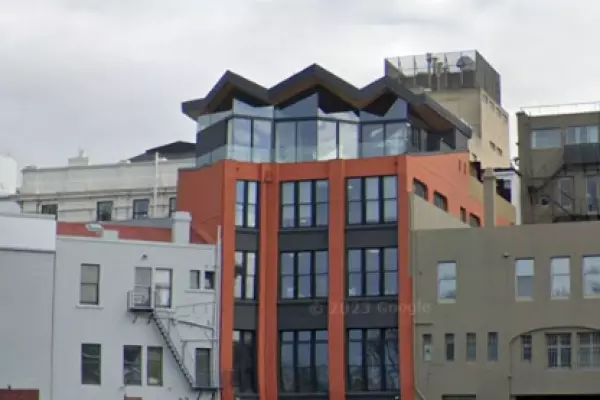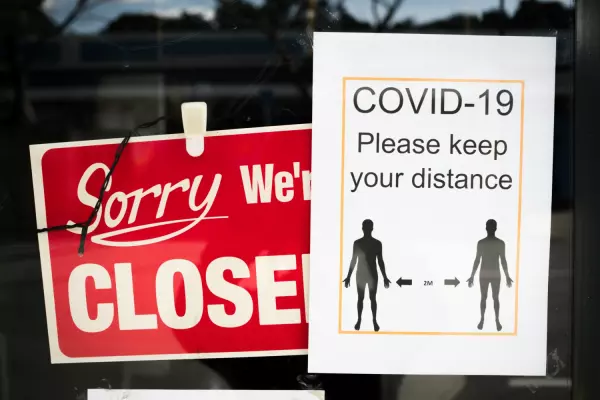The government has released self-isolation rules for travellers as it prepares to open the border to travellers from Australia on Feb 28.
The three-pronged approach includes pre-departure testing, full vaccination and self-isolation.
“These precautions for entry have been updated in light of the latest information about omicron and continue our approach of putting safety first, as we shift into new phases of our omicron response plan,” said covid-19 response minister Chris Hipkins.
Before they fly, travellers will have the option of three types of pre-departure tests: a PCR (polymerase chain reaction) test within 48 hours of flying, or a supervised RAT (rapid antigen test) or LAMP (Loop-mediated isothermal amplification) test within 24 hours.
“Allowing use of RATs recognises that PCR tests are difficult to get in many countries, with the lower sensitivity mitigated by halving the time people could get infected after being tested. Adding a LAMP test provides more options in a constrained global market for tests,” he said.
Minimum vaccination requirements have been updated and will apply to travellers aged 17 years or older, he said.
According to the covid-19 website, travellers will need a digital vaccine certificate or another form of electronic or paper document from a government health authority or approval authority confirming a full covid-19 vaccine course.
Online declaration
From the end of March, a New Zealand Traveller Declaration will require travellers to complete an online declaration prior to travel and upload evidence of vaccination and a negative pre-departure test. Before then, they will be manually checked by airline staff at check-in and by customs staff on arrival.
On arrival at the airport, vaccinated travellers will need to download the NZ covid tracer app and will be given three RATs. They will then:
• travel directly to their accommodation – avoiding visiting people and entering shops and businesses.
• wear a mask until they reach their accommodation, and ensure anyone picking them up wears a mask.
• sanitise their hands regularly.
• maintain physical distancing as much as possible.
They will then enter an isolation period of seven full days and report the results of two rapid antigen tests – one on day 0/1 and one on day 5/6.
A positive result will need to be followed with a PCR test to monitor for any new covid-19 variants.
Travellers cannot stay in a place with shared group facilities such as a backpackers or a hostel. Any place for self-isolation must have cellphone coverage, a landline or wifi and it must have access to a covid-19 community testing centre.
People can form a bubble with family or friends, who can continue to go to work or school but must minimise contact with others as much as possible. No visitors are allowed.
Also, travellers will be able to temporarily leave self-isolation in special circumstances, such as visiting terminally ill relatives, to access urgent healthcare or to attend court hearings, but will be encouraged to take a RAT if visiting a high-risk location such as a hospital or aged care facility and need to follow public health measures.


